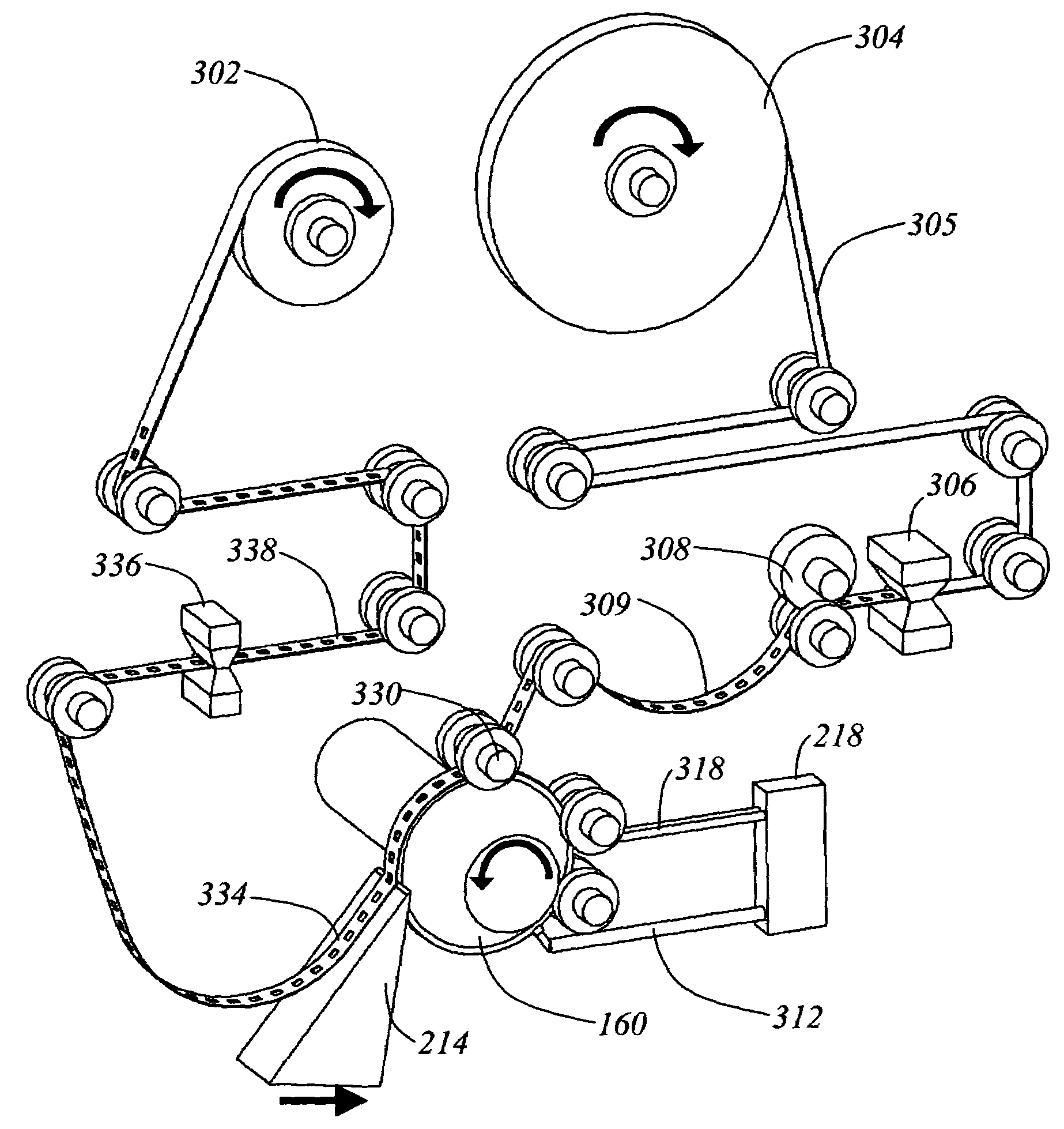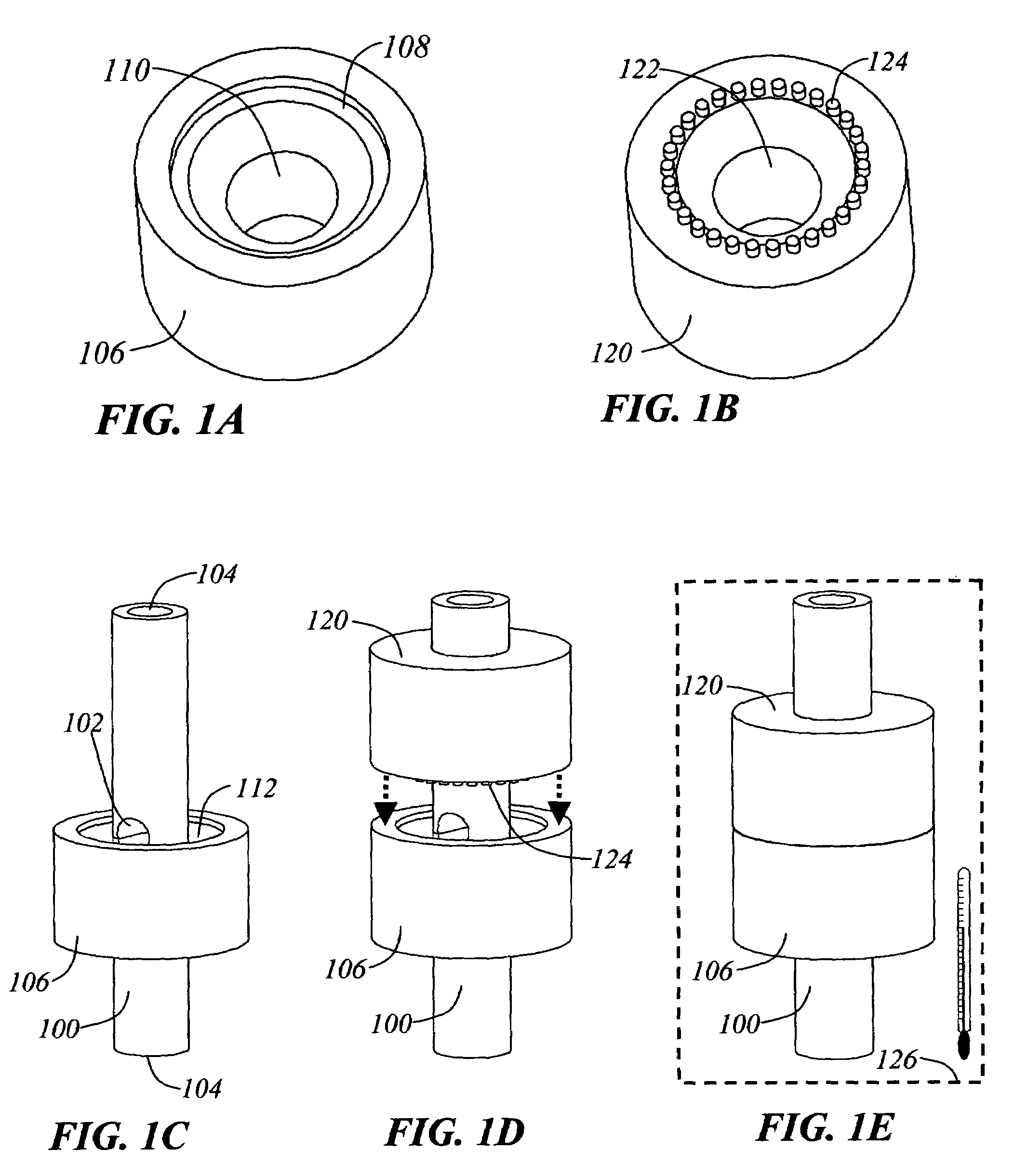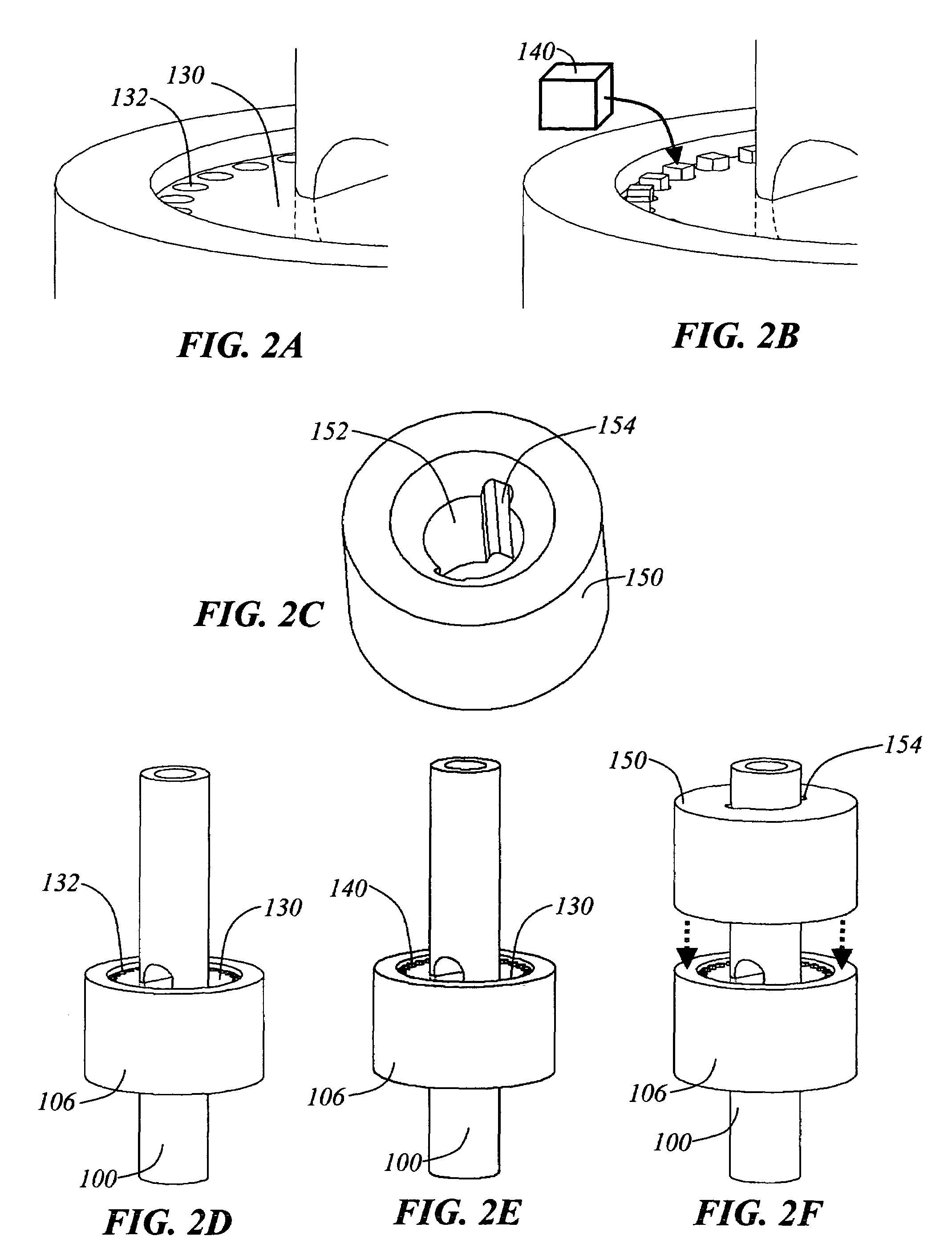Methods and apparatuses for the automated production, collection, handling, and imaging of large numbers of serial tissue sections
a technology for serial tissue and production, applied in the field of methods and apparatuses for the automated production, collection, handling, and imaging of large numbers of serial tissue sections, can solve the problems of inability to address the tissue collection and handling process, current “automated microtome” designs still require manual slice retrieval and manual slide or grid mounting for imaging, and require a large amount of labor. laborious, delicate and time-consuming work
- Summary
- Abstract
- Description
- Claims
- Application Information
AI Technical Summary
Benefits of technology
Problems solved by technology
Method used
Image
Examples
Embodiment Construction
[0128]In the following description of the preferred embodiment, reference is made to the accompanying drawings which form a part hereof, and in which is shown by way of illustration a specific embodiment in which the invention may be practiced. It is to be understood that other embodiments may be utilized and structural changes may be made without departing from the scope of the present invention.
Overview
[0129]The present invention discloses a device, an automated taping lathe-microtome, and a set of associated methods and apparatuses for fully automating the collection, handling, and imaging of large numbers of serial tissue sections. In order to most clearly describe these methods and apparatuses I will first briefly outline the current method of producing serial tissue sections for TEM (transmission electron microscopic) imaging.
Current State-of-the-Art
[0130]Classical TEM tissue processing and imaging methods begin by embedding an approximately 1 mm3 piece of biological tissue th...
PUM
| Property | Measurement | Unit |
|---|---|---|
| diameter | aaaaa | aaaaa |
| length | aaaaa | aaaaa |
| thick | aaaaa | aaaaa |
Abstract
Description
Claims
Application Information
 Login to View More
Login to View More - R&D
- Intellectual Property
- Life Sciences
- Materials
- Tech Scout
- Unparalleled Data Quality
- Higher Quality Content
- 60% Fewer Hallucinations
Browse by: Latest US Patents, China's latest patents, Technical Efficacy Thesaurus, Application Domain, Technology Topic, Popular Technical Reports.
© 2025 PatSnap. All rights reserved.Legal|Privacy policy|Modern Slavery Act Transparency Statement|Sitemap|About US| Contact US: help@patsnap.com



